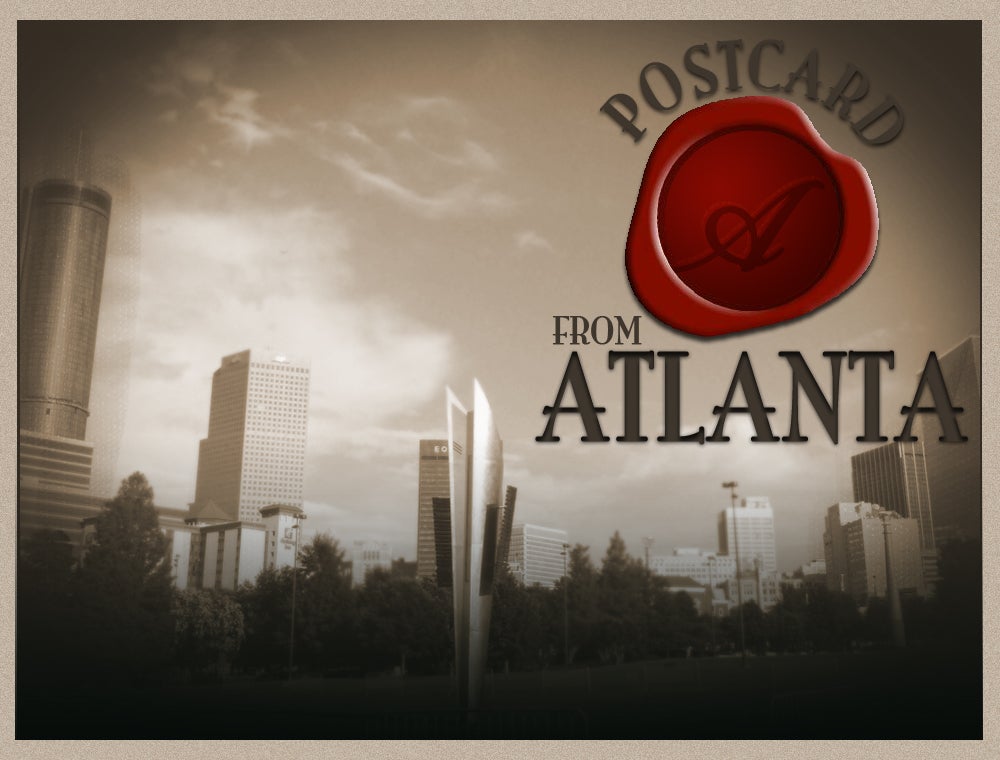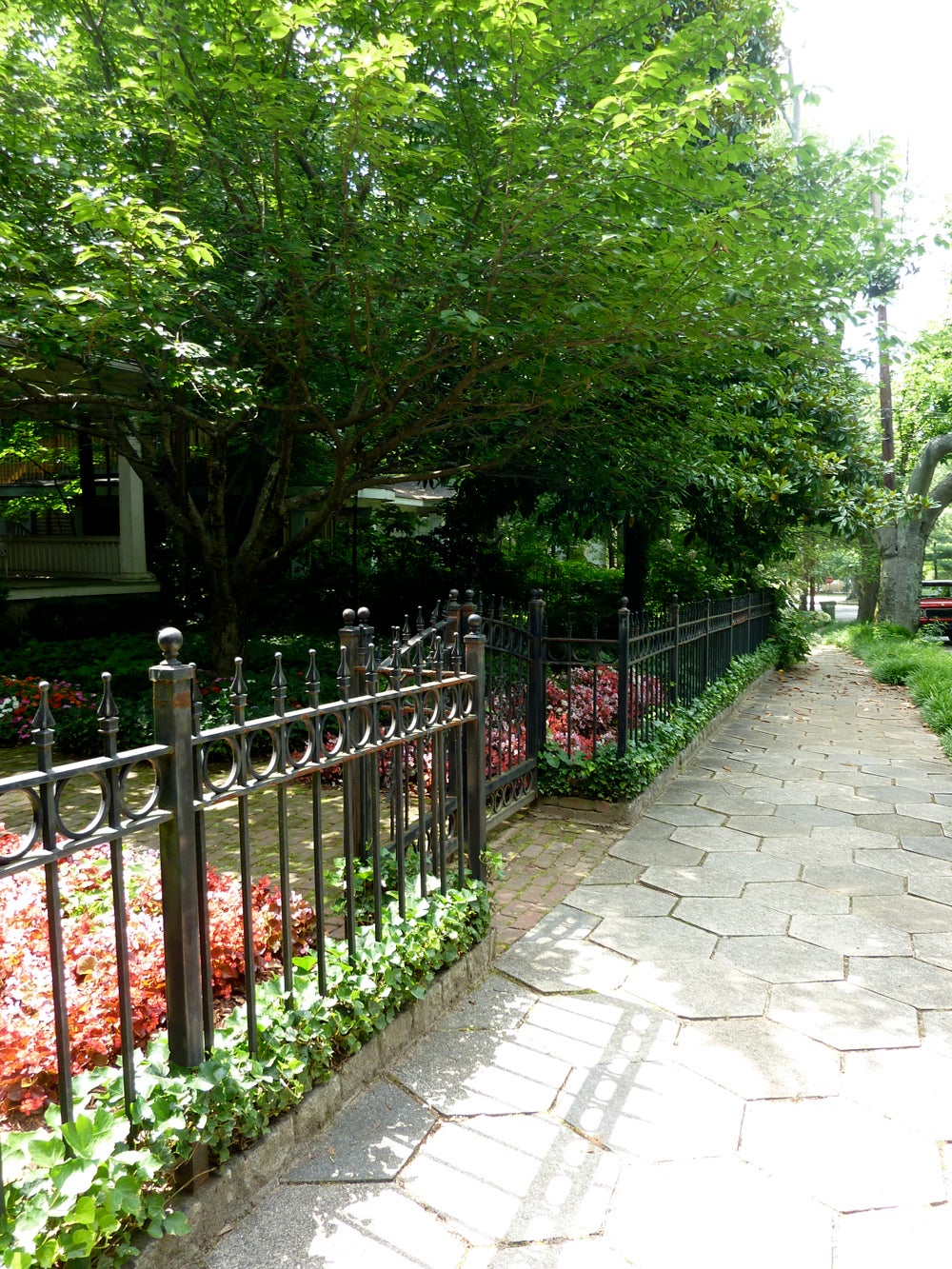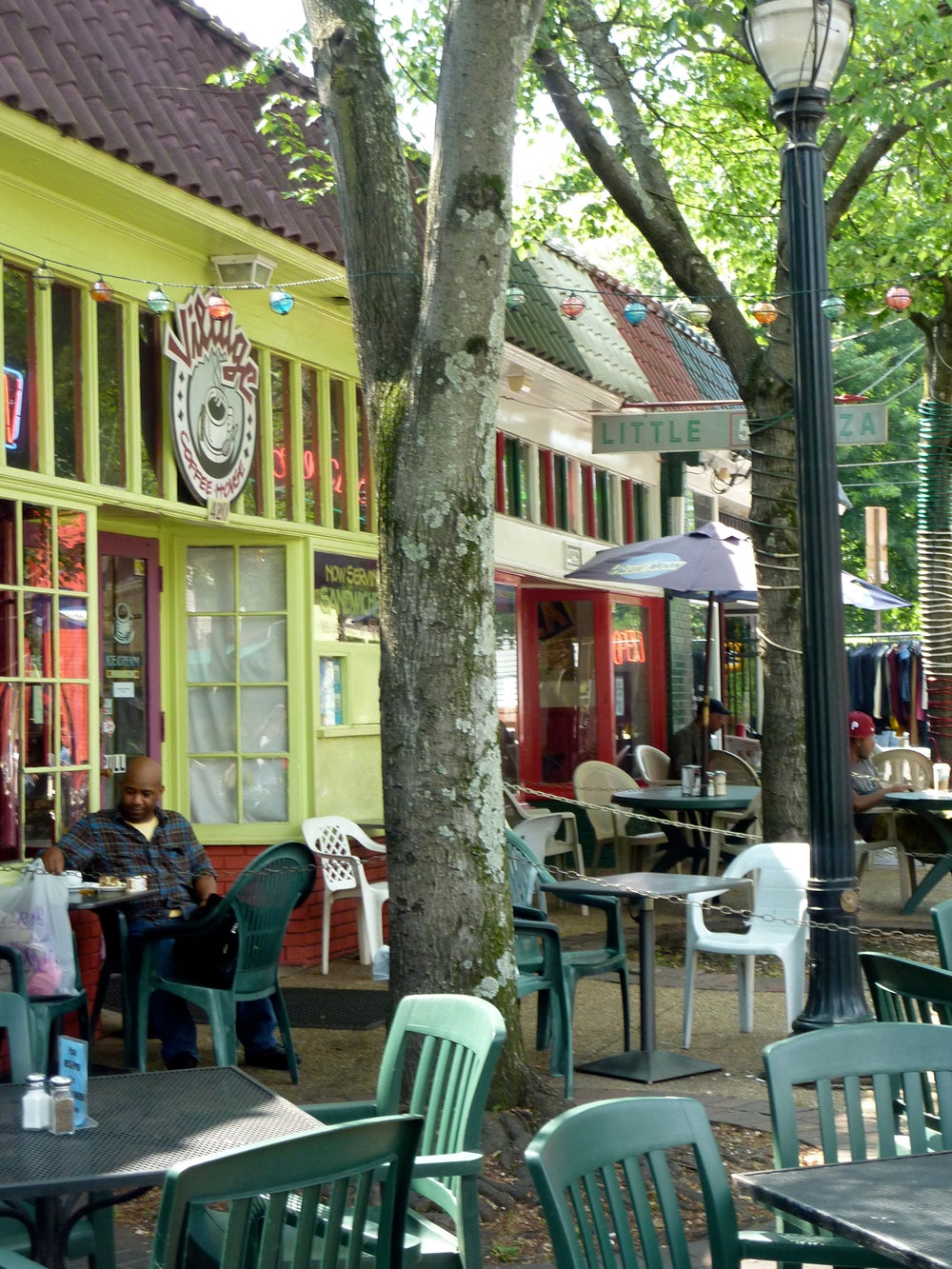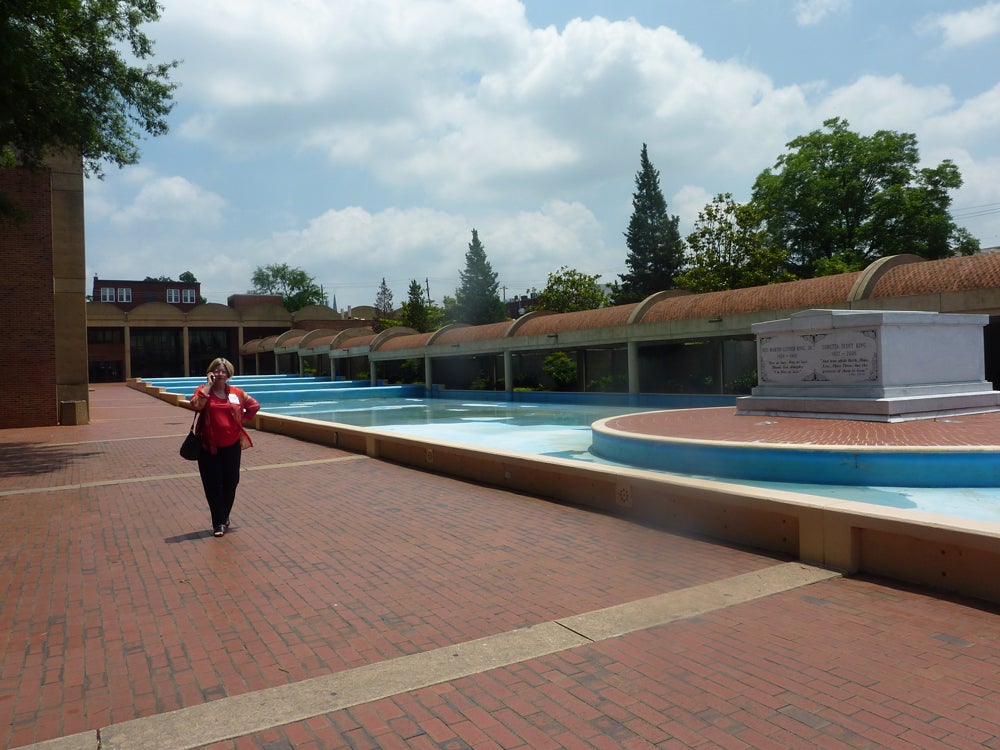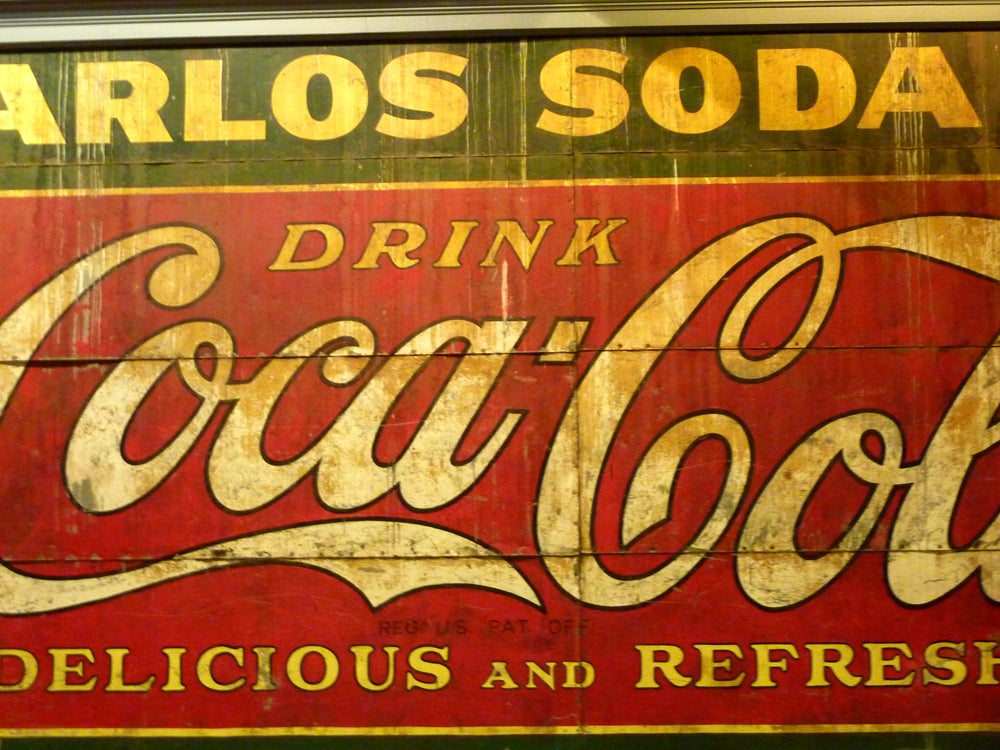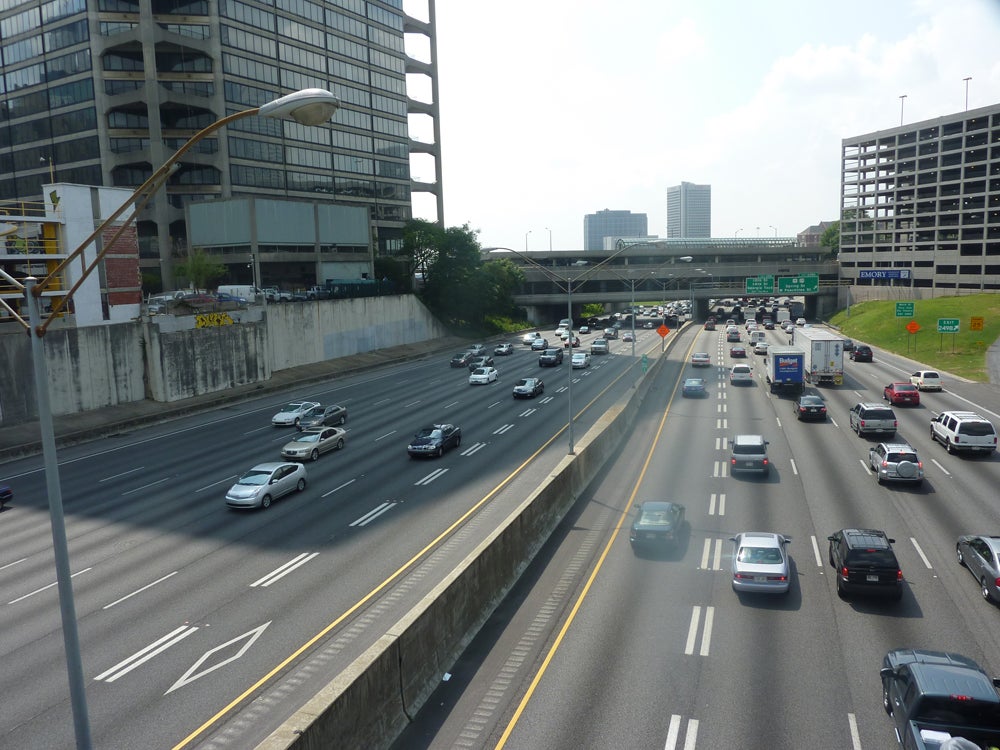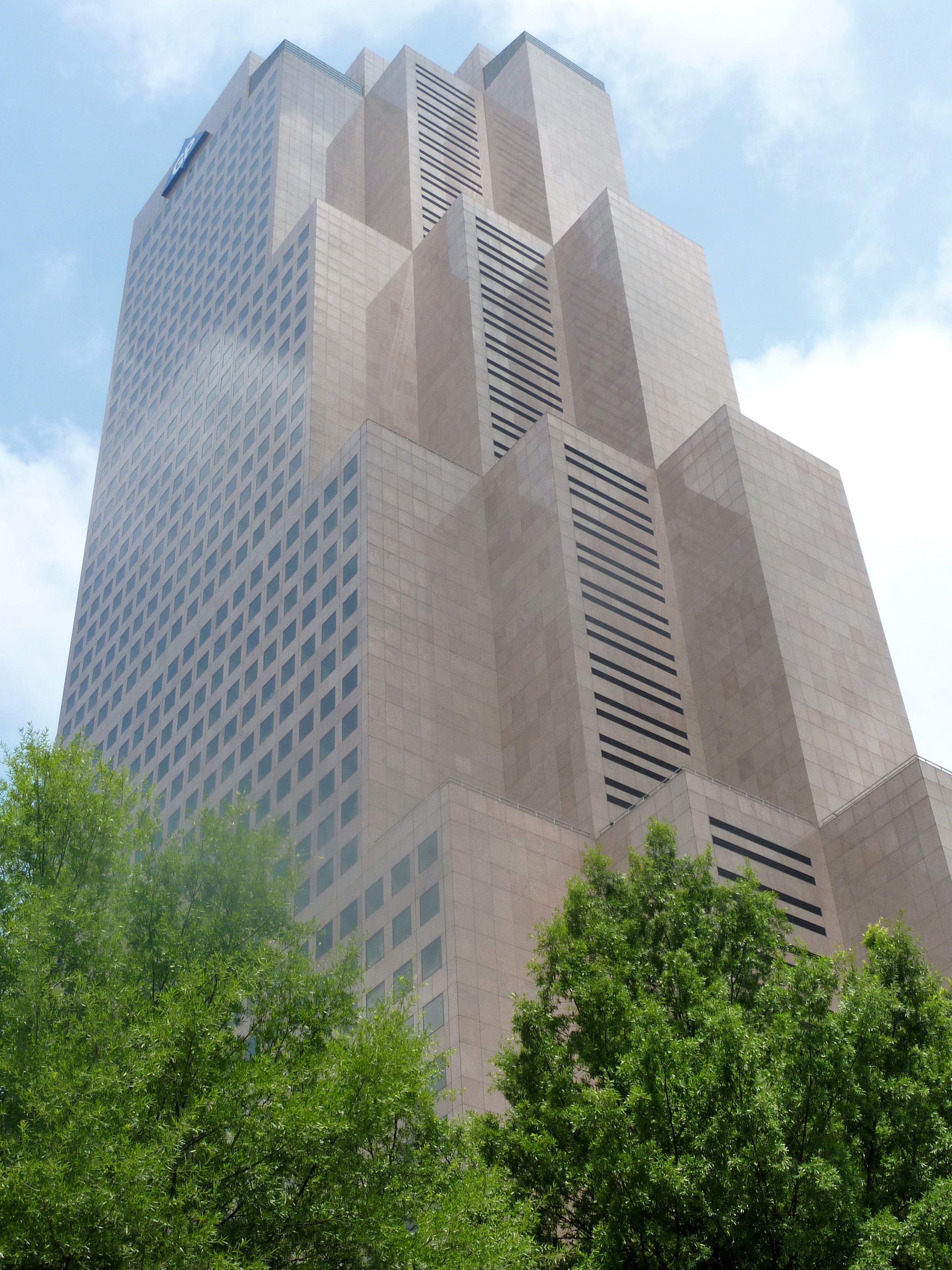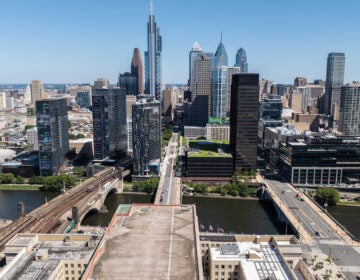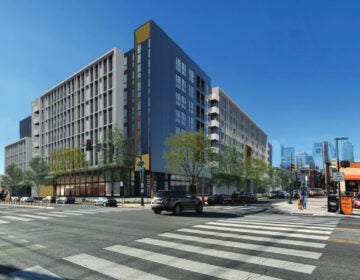Postcard from Atlanta
Atlantans like to say that if you haven’t been to Atlanta in the last ten years, you haven’t been to Atlanta. I hadn’t been since the mid-’80s, so I wondered what had changed.
My takeaways from my visit there — at the splendid High Museum and in the ritzy Buckhead neighborhood — seemed pretty much the same, although the pure form of the museum had undergone an inevitable and unassuming expansion by Renzo Piano, and Buckhead seemed to host a lot more skyscrapers and malls than I remember.
In fact, the whole city has a lot of skyscrapers — some of them must have been there before, namely the unsightly plethora of ’70s and ’80s John Portman works (nine downtown, from the enormous AmericasMart complex to a handful of hotels). But more had been added, and much of downtown has a topped-out, tapped-out feel, like Philadelphia’s Chestnut Street on a bad day.
Except, that is, for the blocks near and around the 21-acre Olympic Park, created for the 1996 Games. A complex of attractions, this development extends the downtown boundary, replacing what was once a rundown section abutting Georgia Tech. It is wholeheartedly responsible for the changes that make the city’s denizens so proud.
For instance, a neighborhood just to the west of the park is being touted as the next big thing. Dubbed Luckie Marietta after its main streets, this area of low-slung warehouses now offers a host of restaurants and hotels which have sprung up to support the incredible tourism infrastructure of the park. Those attractions include Inside CNN, a children’s museum, The World of Coca Cola, and the Georgia Aquarium.
The latter may be the butt of jokes because it’s located in an inland city, but it does its job quite well. And while I resisted The World of Coca Cola, I succumbed when one too many people insisted I’d be surprised. I was — vintage signs, old commercials, and varied samples of worldwide soft drinks make for a lively afternoon learning about what is, after all, a quite unique, very American, very old, and — now — incredibly global operation.
Centennial Olympic Park itself sits in the middle of everything, a placid great lawn offering little of interest aside from some photogenic views of the sun setting on all those glass buildings, and respite from all of those lines and tourists.
The whole complex, as well as the nearby Georgia Dome and Georgia World Congress Center (one of America’s largest convention centers), a motherlode of hotels, and downtown’s omnipresent uniformed emissaries, all illustrate how central tourism has become to Atlanta, despite its relatively small size (its population hovers around a half million).
That’s tied up with both the presence of corporate giants, like Turner Broadcasting, Sun Trust, Georgia-Pacific, Delta, and Coca Cola, headquartered here, and popular stalwarts related to the Civil War and Martin Luther King, Jr. And while, in this day and age of mega museum experiences, the monument and museum dedicated to King seem tired, and the apartment from where Margaret Mitchell penned Gone With The Wind, seems limited, the city isn’t sitting still.
It’s readying itself to update the tourism sweepstakes once again — as it did just less than five years ago with the new World of Coca Cola and the Aquarium. Promised for 2012 are a $125 million National Center for Civil and Human Rights and a $50 million College Football Hall of Fame, both near the existing attractions.
Of course, downtown is just one small part of sprawling Atlanta. A longish but do-able jaunt brought me to Midtown, which begins around 10th Street, about a mile and a half north of Olympic Park along Peachtree St. Strolling this rather dull stretch involved crossing a bridge over a 12-lane (I 75/85) highway that offered me a rather shocking firsthand look at the congested traffic for which the city is so famous.
From here, I passed a few more enormous skyscrapers — another “downtown” of sorts — and emerged into a pleasant section dominated by a lovely historic hotel and one of only three remaining Fox movie palaces in the country. (Coincidentally, I had seen the other two, in Detroit and St. Louis, just last year.
This is Atlanta’s arts district, where highlights include the High Museum as well as symphony and theater spaces. It’s all walkable enough, although two other Midtown attractions — the Botanical Gardens and the $2 billion, 138-acre mixed-use development “city within a city” of Atlanta Station, which opened about three years ago — are further, accessible only by a connecting shuttle from the High Museum MARTA subway station.
Looking for something a little less planned, I took MARTA in a different direction — to the funky neighborhood of Little Five Points. I got off at Inman Park, ironically a planned community that was the city’s first inner ring suburb. I walked along a street lined with Victorian homes, many of which featured small front gardens raised five or six steps above the distinctive sidewalks of hexagonal stone pavers. Furthering the resemblance to Chestnut Hill and Mt. Airy, on the other side a handful of neighbors lazed in the pretty, meadow-like park that gives the area its name. It reminded me of Pastorius Park.
Following the park’s curve, I made my way to Little Five Point’s main drag, Euclid Avenue, and encountered a ragtag assemblage of brightly-painted vintage clothing shops, record stores and New Age emporiums. A sandwich board outside a clothing store called Le Petit Mort read “Today, we all are Gary Coleman,” a rather self-consciously hip comment on the actor who had passed away a day earlier. In front of a tattoo shop, a young man sat on a bench, motionlessly holding a baseball catcher’s position.
This character-filled neighborhood was a welcome change for a bit, especially after the banality of much of downtown, but I soon felt old and headed back in the heat to the subway station. At a transfer station one block before my downtown stop of Peachtree Center, I noticed signs pointing to Underground Atlanta. On a whim, I decided to get off and explore.
I had always heard of this troubled attraction, carved out of the excavated ruins of the post-Civil War city. It’s the kind of thing that would normally arouse my curiosity, so I couldn’t figure out why I hadn’t visited it on my previous trip. Some quick research once I got back home explained it all.
Underground Atlanta opened in 1969 and by 1972, it was deemed one of the biggest tourist attractions in the country. But by the 1980s, when I had first toured Atlanta, it resembled nothing such much as a dead mall. Its fortunes waxed and waned throughout the 1990s, with the arrival of the original World of Coca Cola and then the Olympics, until the relaxing of citywide public drinking rules came to the rescue. By 2005, annual visitation had topped 6 million.
When I passed through early evening on a weekday, it was packed with browsers looking to take advantage of its mix of restaurants and Gallery-like shops. Nothing too compelling, but oh the storefronts in which these souvenirs and beauty supplies, these roasted nuts and jewelry were displayed. Original cast iron columns, decorative brickwork, and hand-carved posts — here lay the real treasures, framing and hugging the mediocre merchandise. It was unique, unlike the rest of the city with its skyscrapers and its warehouse districts and its to-be-expected culture and restaurants and hotels.
It all seemed a fitting metaphor for The Big Peach. Not much is left of its historical building or street fabric (thank you, General Sherman). What’s there is hidden away. Once you find it, a sheen of commerce and grit, of flash and tackiness envelops it. It’s not for everyone — certainly not for me — but people love it. Here, Underground, I could almost see why.
Contact JoAnn Greco at www.joanngreco.com
Check out her new online magazine, TheCityTraveler at www.thecitytraveler.com
Previous postcards: Kansas City, Paris, Detroit Part 1, Austin, China, San Francisco, Germany, Pittsburgh, New Orleans, New York City, Boston, San Antonio, Minneapolis, Detroit Part 2, Templehof, Chicago, Italy, St. Louis, Houston.
WHYY is your source for fact-based, in-depth journalism and information. As a nonprofit organization, we rely on financial support from readers like you. Please give today.



